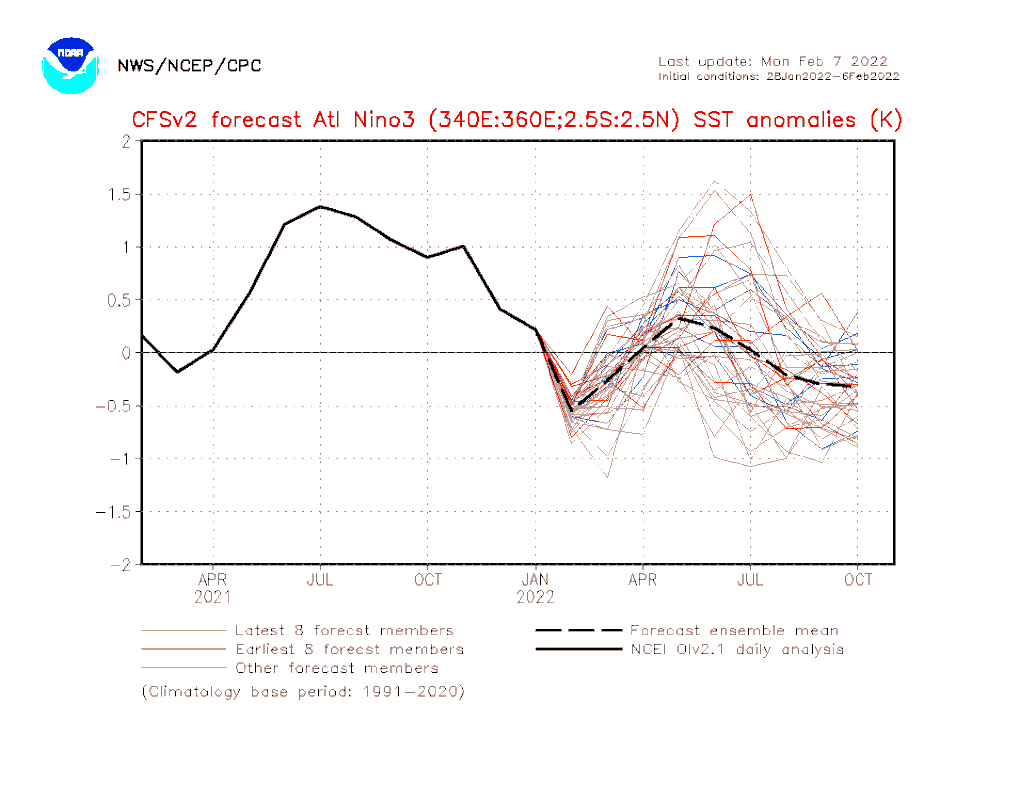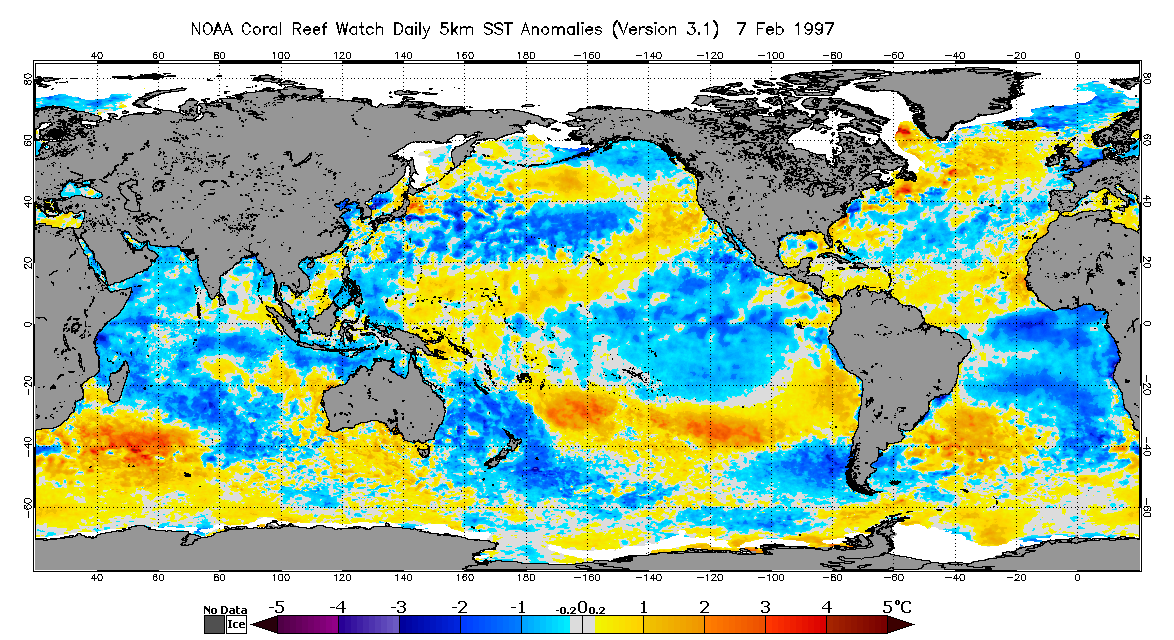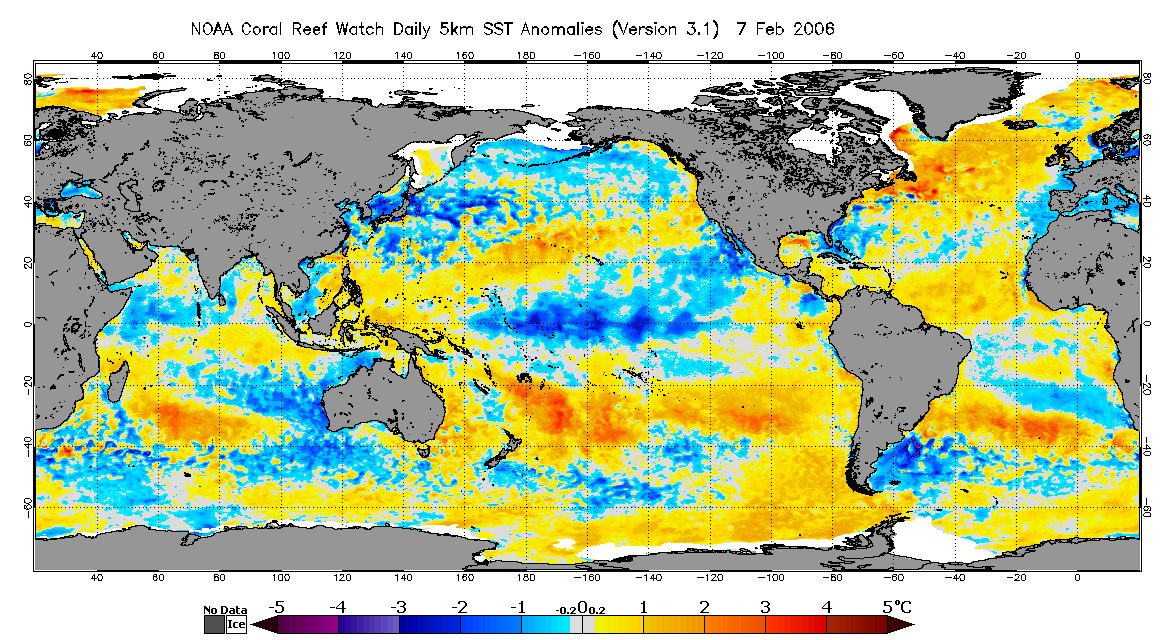weeniepatrol wrote:Yellow Evan wrote:I’m not saying a Nino is going to happen and even if it does, it will necessarily shut down the Atlantic. My point is right now all options are on the table.
The problem with your examples is that in both, the Atlantic was not as warm relative to global tropics as it is this year and furthermore, PDO was positive in both years whereas right now it is near record negative. These specifically are why the development of el nino are far less likely during this year than those and finally, there hasn't been a restrengthening of La Nina in recent weeks (note I used present tense) because the constructive interference has only just begun (but will, indeed, last for weeks) This time of year in 1997 featured the initiation of a robust downwelling KW, something that seems impossible to fathom happening now given the surge of enhanced trades now in place. If anything we will get the exact antithesis.. a robust upwelling Kelvin wave
The Atlantic was above average with an established +AMO regime at this point in 1997 and 2006, although in 1997’s case, a distinct Atlantic Niña was evident by the equator. We also at least as of now (possible the trade pattern expected in February will create some sort of upwelling Kelvin Wave) have
a downwelling Kelvin wave. Also worth noting that -PDO is at least being negated some recently by the ridging off the West Coast and troughing near the Aleutians, although realistically I still expect it to remain negative through the spring, just not at record levels that we saw this fall. The effect of the current enhanced easterlies will depend on how long it lasts. If it’s still there in early to mid March, then the Nino door begins to shut. March to May is really the critical time for changes in ENSO because that’s when the East to West Pacific gradient is the smallest, making ENSO more sensitive to changes.



















